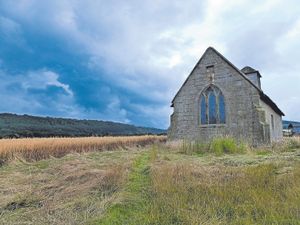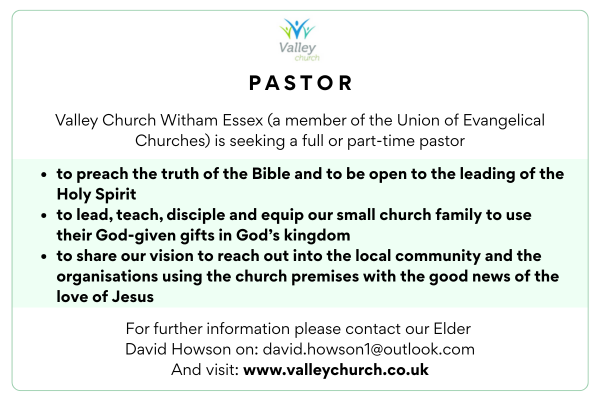When we think of the Puritans, we probably think mostly of Reformed doctrine, especially perhaps the doctrine of justification by faith alone.
We might also reflect on the preaching and pastoral practice at which Puritan ministers excelled.
Yet for the Reformers of the sixteenth century and the Puritans who followed them, it was not only doctrine and pastoral practice that was in need of reformation, but the manner in which the almighty triune God was to be worshipped.
Medieval mass
A moment’s reflection makes clear why this should be.
In late medieval England, the main religious service attended by most people was the Roman Catholic mass. In the mass, the high point of worship was certainly not preaching, nor was it even the sharing of the bread and the cup – the vast majority of the laity would not normally be in a position to receive either element.
The high point for most people was simply catching sight of the host – the consecrated bread – as it was lifted up by the priest and the words of transubstantiation were uttered: ‘Hoc est enim corpus meum’ (‘For this is my body’).









